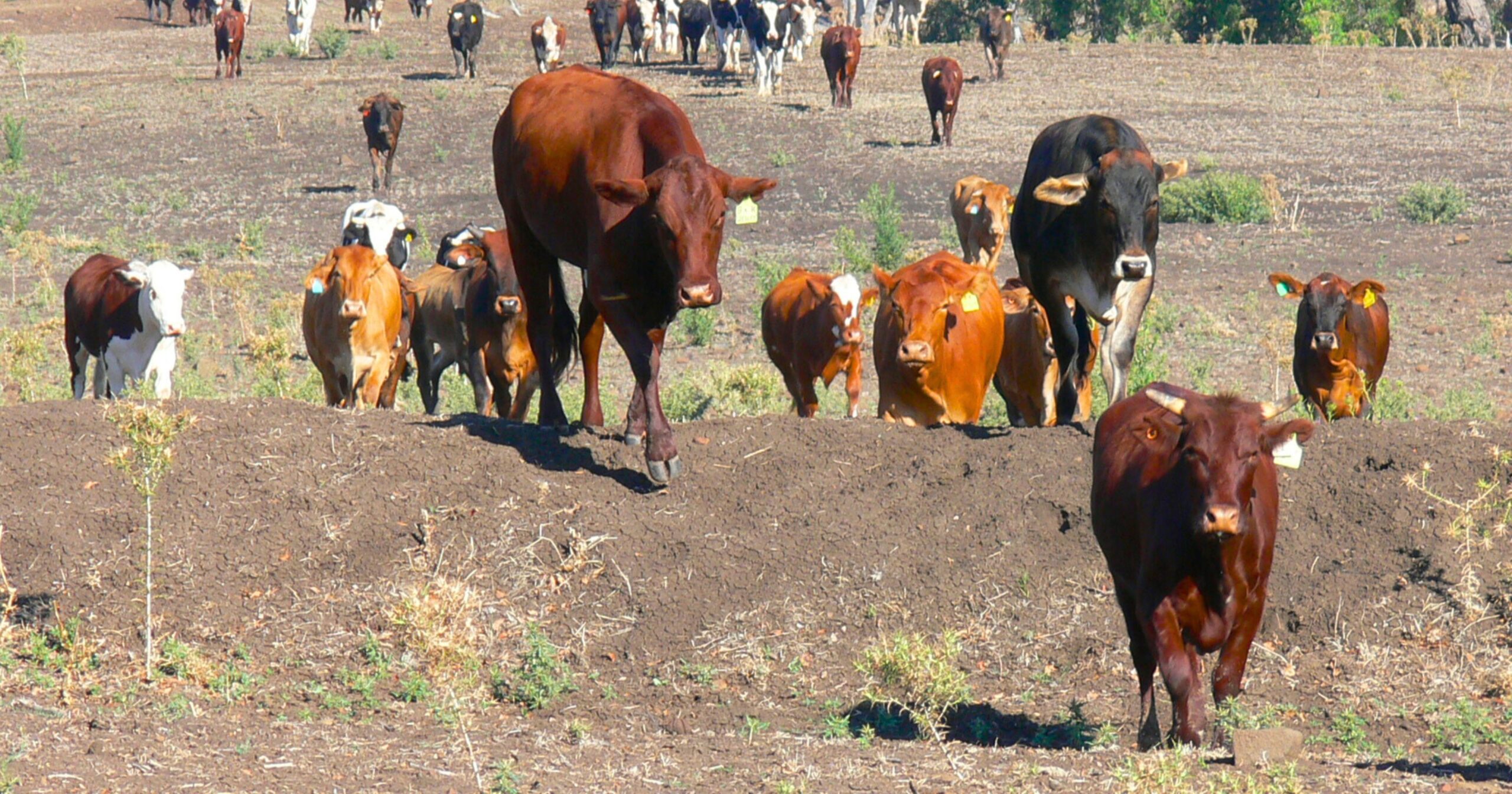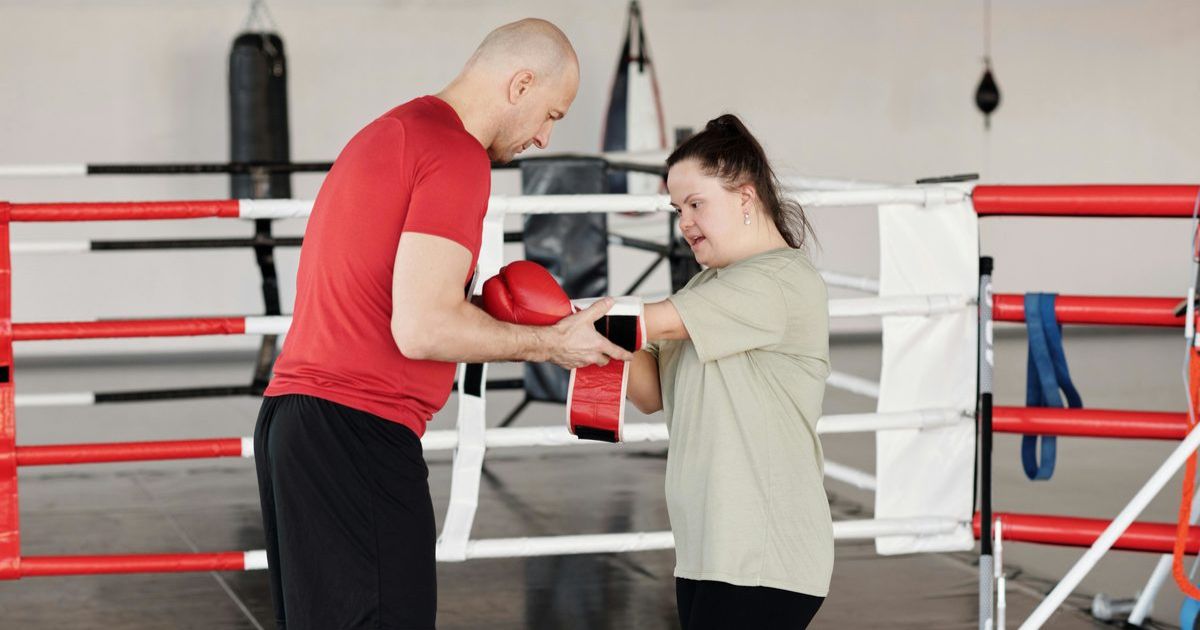More to gardens than the manicured

Potential: Friends of Ballarat Botanical Gardens would like to see wetlands precinct become more biodiverse and a space for education, seed collection, interpretive work, and data collection. Photo: EDWINA WILLIAMS
IMAGINE a botanic garden. Are you picturing a manicured green space in your mind?
Botanical and biodiversity experts are encouraging the community to think outside that box, particularly when it comes to the Ballarat Botanical Gardens.
Wilder areas like the North Gardens’ wetlands and Fairyland, although not within the formal gated botanic gardens, are a part of them.
With a bit of care and appropriate maintenance, these spaces could be key to boosting the biodiversity of an otherwise urban precinct says one expert.
“All gardeners are a little bit scared of letting their garden become untidy,” said Royal Botanic Gardens Victoria director and chief executive Professor Tim Entwisle.
“We always try and have a neat garden because we think that’s what a good garden is, and botanic gardens are a perfect example of that, we want them to be the best garden in town.
“But we do need to let go of that occasionally. If parts of our gardens are left to be a little bit wilder, diverse, unruly, and messy, it’s good for the environment, it allows lots of insects, local birds, mammals, and grazing marsupials to come in, and it makes for a much healthier place to live.
“It also allows us to experience a different kind of nature, and a different kind of garden. Not all gardens should be unruly, and not all gardens should be neat. That mix is really healthy.”
Founder of the Heart Gardening Project, and leader of the Melbourne Pollinator Corridor initiative, Emma Cutting, started street gardening in 2016 to bring more biodiversity, and colour, to urban spaces.
She said having greenery in built-up areas, beyond the gates of formal botanic gardens, is key to the survival of some important hard-working insects.
“I started looking at barren spaces and thought they should be full of gorgeous gardens, and then I thought, what about our honeybees? Maybe they need some help?” she said.
“As I delved into that, I learnt about our native bees, how they really need our help, and how diverse they are. We have an estimated 2000 species in Australia.
“They’re so gorgeous and they’re so important. Let’s design gardens for our native bees.”
RMIT lecturer in landscape architecture Jock Gilbert encourages people to consider the bigger roles botanic gardens can play in regional Australia, how they can be used more often, and in creative ways.
He said they’re critical pieces of public infrastructure, and diversity is key to their health and success, in more ways than one.
“There are things we can do within the botanic gardens to create greater diversity, but then there’s much botanic gardens can then do beyond their borders,” he said.
“Whether that’s through having bits of the botanic garden further out, or finding ways to be out there and bring people back in.
“Biodiversity is the term, but it’s diversity more broadly. How can we diversify the sorts of plants we have to get more bees and butterflies? How can we diversify the user group of the gardens, and diversify the Friends group?
“How can we take what we’ve been given by our forebears and make that relevant for now and the next 200 years?”
Friends of Ballarat Botanical Gardens are aiming to form a working group of volunteers, old and new, that can focus on the less manicured areas of the gardens.
President Terry O’Brien said the North Gardens’ wetlands and Fairyland have “enormous potential.”
“We don’t want to change the manicured, beautiful spaces of the gardens, but we do have other spaces here that can play a part in environmental education,” he said.
“If you wander round the wetlands, there are old signs that need to be replaced, there are weeds, and so on, so we hope we can become more hands on to improve the area, and we’re encouraging younger people to take part.
“There’s potential for us to collect seeds, do interpretive work, collect data. The vision is there.”


















